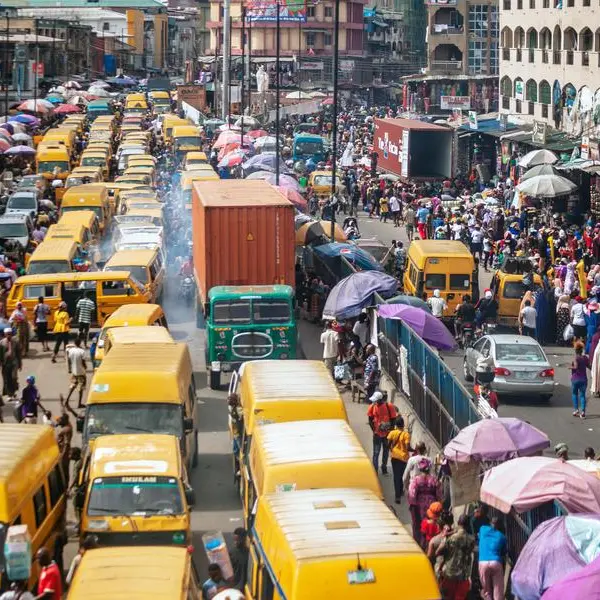When reports first emerged of the virus in China, it was convenient to look back at the SARS outbreak of 2002 for a reference of how the Chinese economy would be affected and its implications for the world economy. But plenty has changed since, as China factors into the global economy in a more impactful way, boasting the world’s second-largest economy that is more than eight times its size two decades ago, the biggest consumer of most commodities by a healthy margin, and connected to the world economy on a larger scale both in terms of the flow of goods and people.
The nature of the virus and its ability to spread rapidly has resulted in quarantined cities, limited contact between individuals, and a halting of work on multiple fronts. No surprise then, that the hospitality sector is the most obvious casualty of the virus, with airline stocks getting hit, tourism plummeting at a time when the industry globally attempts to cater to more Chinese tourists, major events getting postponed or cancelled, and the retail food services sector losing billions.
Brick-and-mortar companies where casualties and infections are highest have suffered immensely, and while the Chinese population hunkers down waiting for the current situation to pass, China’s crucial role in the global economy is testing other sectors, and in countries far from the center of the outbreak. For starters, countries and regions that have been exporting to China have been hurt on a lack of demand from the domestic Chinese market, a top exporting destination for the likes of Japan whose recent GDP reading showed a harsh contraction as export-oriented economies get severely tested in the current global trade climate. The EU also exports more to China than the US does at this stage, and will likely remain the case if the phase one trade deal can’t be (fully) implemented due to recent events.
But it isn’t weakness in Chinese demand that has been the key concern, rather, what it exports. As the world’s largest manufacturer, the reliance on what it produces can’t be ignored. Prior to the outbreak its goods were already being ‘liquidated’ on some foreign markets as the trade war between the US and China combined with a shortage of US dollars in the global economy dented global demand heavily, put manufacturing in a recession, and led to more desperate attempts by Chinese manufacturers to sell in foreign markets.
You would think that non-Chinese manufacturers and hubs looking to compete (or simply survive) against the manufacturing behemoth would breathe a sigh of relief given dented Chinese manufacturing may aid them in capturing market share. However, it isn’t just finished manufacturing products that China is exporting, but also components that global supply chains are dependent on. Seeking out manufacturing input alternatives would be pricier, and any inventories stocked up previously in anticipation of the lack of output during the Chinese Lunar New Year have likely by now been used up.
Thus, while there’s no denying demand will be lower in the current economic environment, the question is whether any drop in supply will persist, and whether rising costs from disrupted supply chains will seep into future consumer prices or be absorbed by manufacturers already severely tested prior to the outbreak by a sector suffering contraction on a global scale.
Where that drop in demand spreads to will also be important, as should it involve metals-intensive sectors such as housing and infrastructure (including China’s Belt and Road Initiative) as consumers and governments shift their focus towards dealing with the virus, and commodity prices will likely suffer in the absence of weakening currencies. A worsening in coronavirus figures may also lead to a price gap narrowing between necessity and luxury, with the focus for consumers on securing the former at the expense of giving up some of the latter.
It is here that the question arises of whether this will be just a blip in a V-shaped recovery, or prolonged pain before any recovery gets under way. This is especially true as even if reported cases in China drop, it has been rising in countries nowhere near as equipped to detect the virus, let alone deal with the casualties and economic consequences that come with it. Expect countries already heavily tested on the fiscal front to continue to rely more on central bank liquidity injections to fund budget deficits set to increase significantly this year.
In the meantime, expectations are for earnings to be a miss, economic data to disappoint, and financial markets to be ever more reliant on not just central bank easing and liquidity injections snapping up bonds and pushing interest rates lower, but on pension funds whose rising obligations on demographic shifts force them into taking greater risks to secure falling returns. I mentioned in the previous article on gold’s five factors that for every risk that gets only partially addressed, a handful of uncertainties seem to always crop up. Should that theme persist in the months ahead, and it’ll cause a shift in investor sentiment from taking greater risk to seek out returns where few are available, to wealth preservation instead.
* Any opinions expressed in this article are the author’s own
Disclaimer: This article is provided for informational purposes only. The content does not provide tax, legal or investment advice or opinion regarding the suitability, value or profitability of any particular security, portfolio or investment strategy. Read our full disclaimer policy here.
© Opinion 2020





















